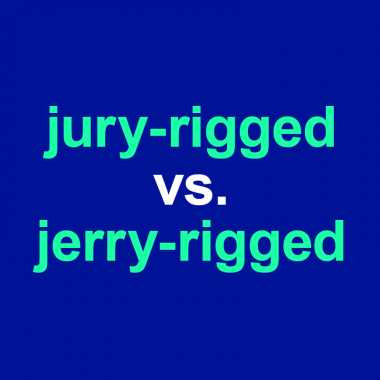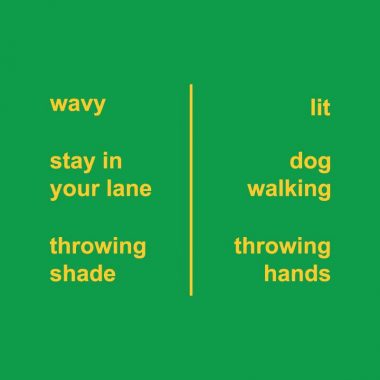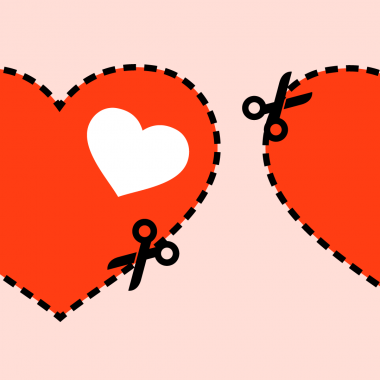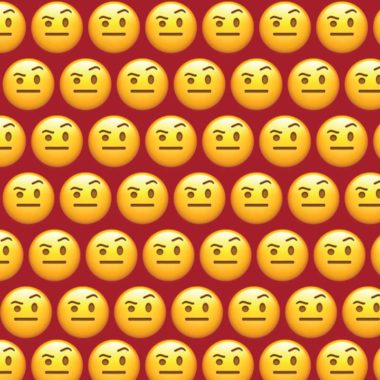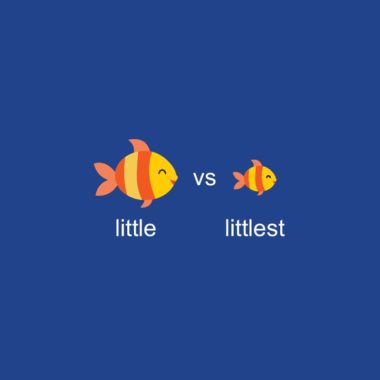“Jury-rigged” vs. “Jerry-rigged”
This one’s for you, DIY fans. Jury-rigged means something was assembled quickly with the materials on hand. Jerry-built means it was cheaply or poorly built. Jerry-rigged is a variant of jury-rigged, and it may have been influenced by jerry-built. While some people consider it to be an incorrect version of jury-rigged, it’s widely used, especially in everyday speech. What does jury-rigged mean? The word jury has …
